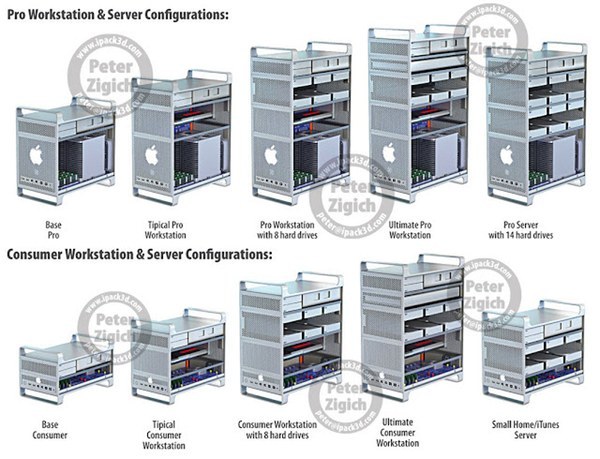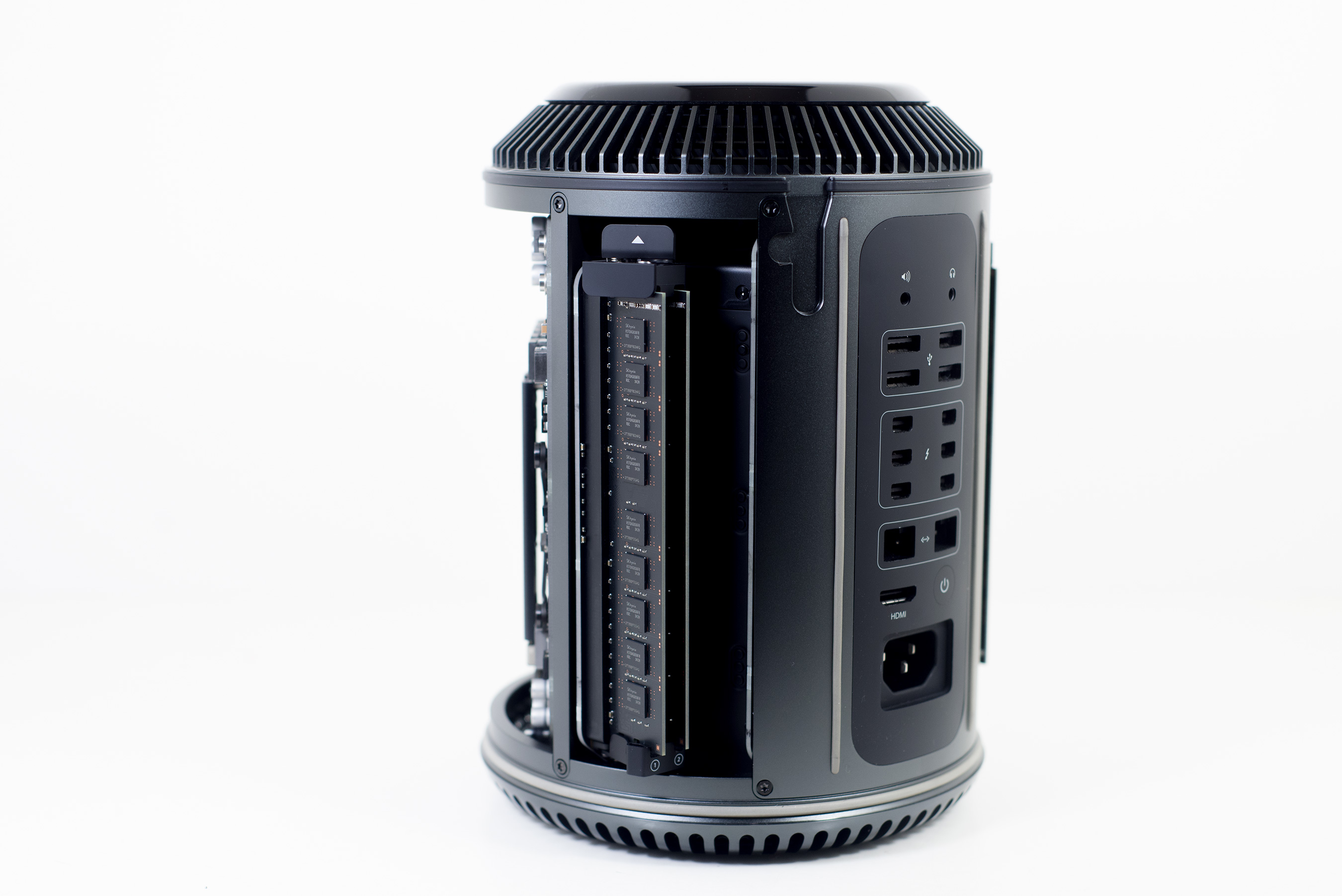

- #Hard drive for 2013 mac pro for mac#
- #Hard drive for 2013 mac pro install#
- #Hard drive for 2013 mac pro pro#
- #Hard drive for 2013 mac pro Bluetooth#
Find the HomePod or HomePod mini under Favorite AccessoriesĤ. To reset your HomePod or HomePod mini using the Home app, you simply have to remove it as an accessory.

It's the same process to factory reset a HomePod and a HomePod mini, and it can be done in two different ways: from your iPhone (or iPad) or from directly on the smart speaker itself. Put the battery cover securely back on the AirTag. The battery should make a total of five sounds.Ħ. When the sound finishes, repeat the process four more times, removing and replacing the battery each time.ĥ. Put the battery back in the AirTag and press down on it until it makes a sound.Ĥ. Remove the AirTags's battery cover (press down and rotate clockwise).ģ.
#Hard drive for 2013 mac pro Bluetooth#
After you've removed it from your Apple ID, the person will still need to perform the below factory resetting process because the AirTag isn't in Bluetooth range of its previous owner.ġ. If somebody finds your AirTag and you don't want it back, they can factory reset it themselves and use it as their own - but only after you remove it from your Apple ID (following the above steps). If so, all you have to do is remove it from your Apple ID. This is a pretty easy thing to do if your AirTag is right next to you within Bluetooth range. If you have an AirTag and you want to give it to a friend or sell it to somebody, you'll need to factory reset it. Each AirTag can only be associated with one person's Apple ID - which, unfortunately, is why you can't share AirTags with family members - and only that person can factory reset. That's because Apple baked each AirTag with security features that prevent exactly that. If you find somebody else's AirTag, you can't just steal it, whip its memory and then use it as your own. After the new macOS is installed, your computer has been successfully factory reset
#Hard drive for 2013 mac pro install#
A window will then appear giving you the option to reinstall macOS > select Install macOSĩ. Select Quit Disk Utility in the Disk Utilities menu.Ĩ. Change the Format to macOS Extended (Journaled) > select Erase againħ. Make sure the ‘Macintosh HD’ startup disk is highlighted in your Disk Utility window > select EraseĦ. When you see a Recovery Mode menu, select Disk Utilityĥ. Once you see the Apple logo appear, release the ‘ Command and R keys’Ĥ. While the computer restarts, hold down the ‘ Command‘ and ‘ R‘ keysģ. Restart your computer: hold the power button > select Restart when it appearsĢ.

(Make sure you backup your computer and log out of your accounts, such as iCloud and iMessage, before doing so.)ġ. This means factory resetting the computer and re-installing the latest macOS software.
#Hard drive for 2013 mac pro pro#
To put this rather disappointing limitation into perspective, the 2013 MacBook Pro USB3 implementation outperforms the 2013 Mac Pro in every way! As the test results show.When you’re looking to sell or trade-in your computer, whether it’s an iMac or a MacBook, it’s a good idea to return it to its factory settings. For perspective, consider that the internal Mac Pro SSD enjoys reads speeds approaching 1200 MB/sec and that figure is measured result, not a theoretical PCIe lane limit which is never achieved in practice. If the goal is very high performance, USB3 is a non-starter on the 2013 Mac Pro. Three fast hard drives will perform well but not quite at unthrottled speed, and even a single SSD will not run beyond about 430 MB/sec. USB3 bandwidth on the Mac Pro is adequate for two fast hard drives used simultaneously. Test results show that this controller offers inferior performance to native USB3 on the 2013 MacBook Pro Retina, even setting aside the inherent bandwidth limitations. The USB3 implementation in the 2013 Mac Pro is not native to the chipset and is handled by a separate controller chip*. Real-world speeds are always below theoretical. The 2013 Mac Pro also has four USB3 ports which together share a single PCIe 2.0 lane, which means the Mac Pro aggregate USB3 unidirectional bandwidth cannot exceed 500 MB/sec (1000MB/sec in each direction, e.g.
#Hard drive for 2013 mac pro for mac#
See also MPG’s computer gear wishlist as well as diglloyd-recommended performance packages for Mac Pro. Send Feedback Related: 2013 Mac Pro, bandwidth, hard drive, Mac Pro, MacBook, MacBook Pro, Macs, RAID, SSD, Thunderbolt, USB


 0 kommentar(er)
0 kommentar(er)
